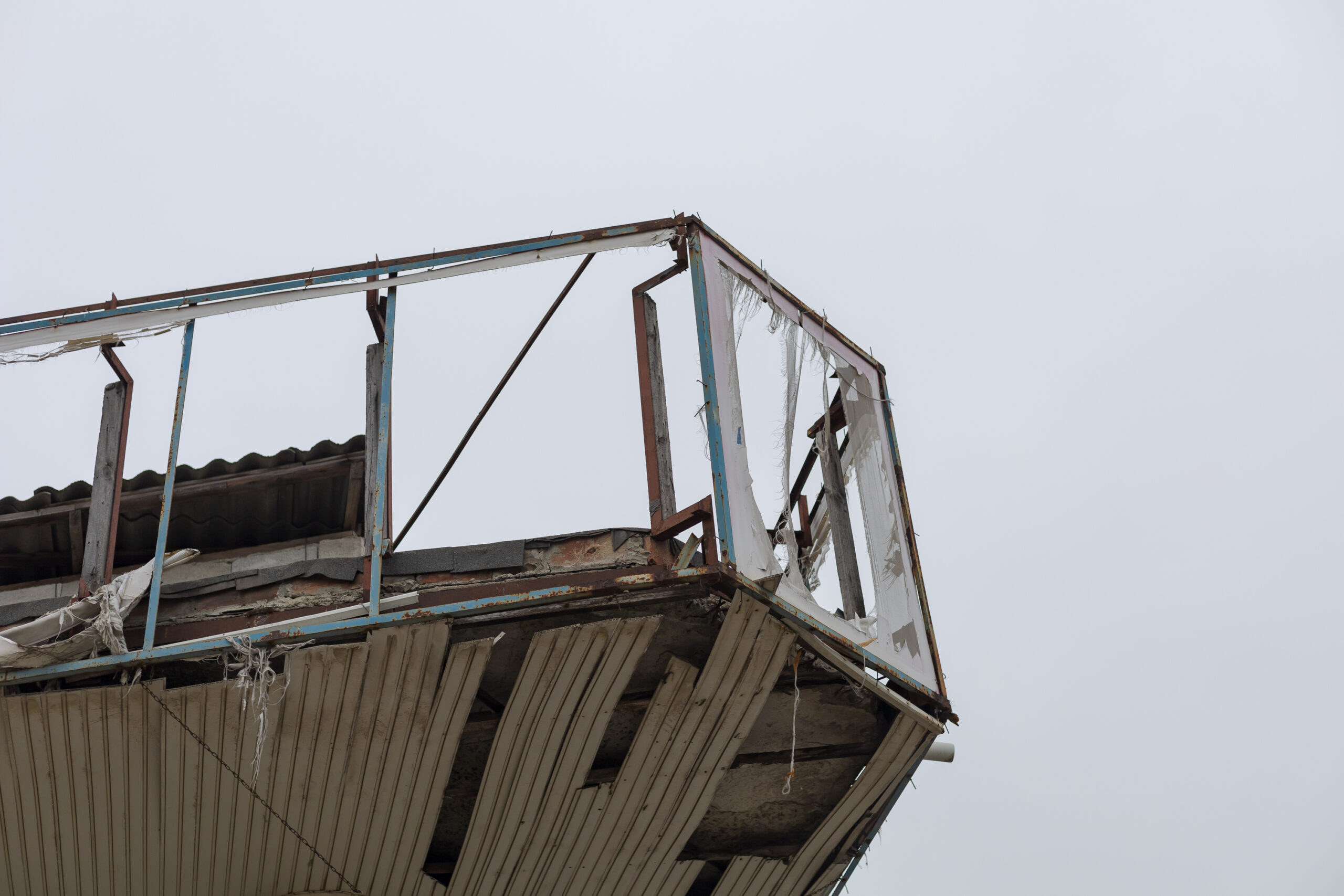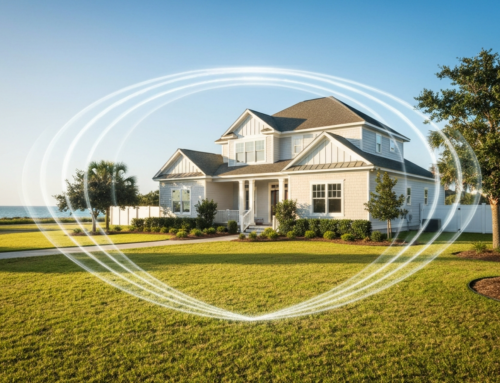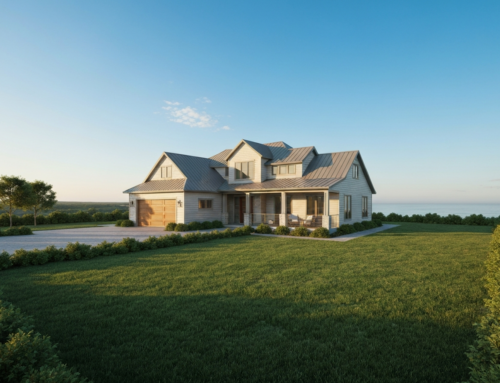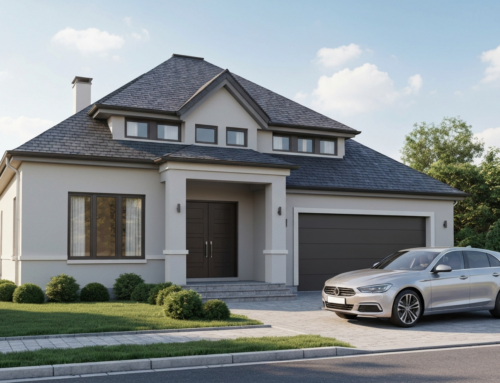The Growing Challenge of Home Insurance in the US
The landscape of home insurance in the United States is undergoing significant shifts, presenting homeowners with increasing challenges. Many homeowners are finding themselves in a difficult position, grappling with escalating premiums or, in some cases, being dropped by their insurers altogether. This trend points to a critical need for understanding the dynamics at play and exploring viable Uninsurable Property Home Insurance Solutions.
Recent reports highlight the severity of this issue, with a considerable percentage of U.S. homeowners facing non-renewal or cancellation of their policies. This situation is particularly acute in regions prone to natural disasters, where the financial risks for insurance providers have soared. The consequence for property owners is a growing uncertainty about their ability to secure adequate and affordable coverage, which is a fundamental aspect of homeownership, especially for those with mortgages. For more context on the broader issues affecting coverage, insights from our article on Understanding the Treasury report on climate driven home insurance might be helpful.
Understanding Why Homeowners Are Being Dropped and Facing Higher Rates
Several interconnected factors contribute to the tightening home insurance market. The primary drivers are the increasing frequency and intensity of natural disasters, coupled with rising costs for repairs and reinsurance. As climate patterns shift, homes are becoming more susceptible to damage from events like wildfires, hurricanes, floods, and severe storms. This translates into higher payouts for insurers, who then pass these increased costs onto policyholders through elevated premiums.
Insurers are also strategically managing their exposure to risk. This often means reducing the number of policies they write in high-risk areas. If a property is in a location frequently hit by specific perils, or if it has a history of claims, it can become a less attractive risk for standard insurance companies. This proactive risk management, while financially sound for insurers, leaves many homeowners in vulnerable positions, often leading to non-renewals or policy cancellations.
Navigating the Crisis: Uninsurable Property Home Insurance Solutions
For homeowners grappling with the challenge of finding or maintaining coverage, several Uninsurable Property Home Insurance Solutions exist. The first step is to understand why your policy was dropped or why rates have increased. Was it due to a change in your property’s risk profile, or a broader change in the insurer’s strategy for your area?
One of the most critical options for those dropped by their insurers is to explore state-specific Fair Access to Insurance Requirements (FAIR) Plans. These plans act as an insurer of last resort, ensuring that homeowners who cannot obtain coverage through the voluntary market still have access to basic property insurance. While FAIR plans often provide more limited coverage and may come with higher premiums, they are a vital safety net. You can learn more about what to do if you are dropped from your home insurance and explore options like FAIR plans by visiting resources such as this guide on What To Do if You Are Dropped From Your Home Insurance.
Additionally, some specialized insurance carriers may be willing to offer coverage for high-risk properties, albeit at a higher cost. These carriers often have a greater appetite for risk and tailor policies to specific high-exposure situations. Homeowners in these predicaments should also consider what steps they can take to mitigate risk on their property, such as making improvements to fortify their homes against common local perils.
The Risks of Going Without Home Insurance Coverage
Choosing to go without home insurance, or self-insuring, carries significant financial risks and is generally not advisable for most homeowners. For those with a mortgage, having an active homeowners insurance policy is typically a mandatory requirement set by the lender. If coverage lapses, the lender may implement force-placed insurance, which is often far more expensive than a policy you could obtain on your own and provides only minimal coverage, primarily protecting the lender’s interest in the property, not necessarily your personal belongings or liability.
For homeowners who own their property outright, the decision to forgo insurance means assuming full financial responsibility for any damage or loss. A major natural disaster, a house fire, or a significant liability claim could lead to devastating financial hardship, potentially resulting in the complete loss of your most valuable asset. The potential cost of repairs or rebuilding after an unforeseen event can quickly exceed even substantial personal savings, leaving you in a precarious situation. It’s important to weigh these risks carefully; for many, the peace of mind and financial protection offered by insurance far outweigh the cost of premiums.
Practical Steps to Find and Secure Home Insurance Coverage
If you’re facing difficulties securing home insurance, taking proactive steps can significantly improve your chances. Here’s a practical guide:
- Review Your Non-Renewal Notice: Understand the specific reasons your previous policy was canceled or not renewed. This information is crucial for addressing any underlying issues.
- Shop Around Extensively: Don’t settle for the first quote. Obtain quotes from multiple insurance companies, including smaller regional carriers and those specializing in high-risk properties. An independent insurance agent can be invaluable in this process, as they can access quotes from various providers. For further insights into home insurance shopping and switching, you might find our article on Key Findings: Home Auto Insurance Shopping and Switching Report beneficial.
- Explore State-Specific Programs: As mentioned, investigate your state’s FAIR Plan. These plans are designed to ensure basic coverage is available even for hard-to-insure properties. If you’re in California, for instance, consider seeking assistance from consumer advocacy groups like United Policyholders.
- Improve Your Home’s Risk Profile: Address any deficiencies that might make your home a higher risk. This could include updating electrical systems, improving plumbing, strengthening your roof against wind damage, installing fire alarms or security systems, or clearing brush around your property in wildfire-prone areas. Document these improvements, as they can lead to lower premiums.
- Maintain a Good Claims History: Avoid filing claims for minor damages you can afford to cover yourself. Frequent small claims can flag your property as high-risk and lead to non-renewal or higher premiums.
Cost-Saving Strategies for Your Home Insurance Policy
Even if your property is considered high-risk, there are strategies you can employ to potentially lower your home insurance costs once you secure a policy:
- Increase Your Deductible: A higher deductible means you pay more out-of-pocket before your insurance kicks in, but it can significantly reduce your annual premium. Ensure the deductible amount is something you can comfortably afford in an emergency.
- Inquire About Discounts: Always ask your insurer about available discounts. These can include discounts for:
- Bundling home and auto insurance policies with the same provider.
- Installing safety features like smoke detectors, carbon monoxide detectors, security systems, or smart home technology.
- Having a new roof or updated plumbing and electrical systems.
- Maintaining a good claims history.
- Regularly Review Your Policy: Your home’s value or your personal property may change over time. Periodically review your coverage limits to ensure you’re not over-insured or under-insured.
- Improve Home Fortification: Invest in mitigating risks specific to your area. For instance, in hurricane zones, consider storm shutters or reinforced roofing. In wildfire areas, create defensible space around your home. These improvements not only protect your property but can also lead to insurance premium reductions.
Navigating the complex world of home insurance, especially when faced with an uninsurable property label, can be daunting. However, by understanding the reasons behind rising rates and non-renewals, exploring available solutions like FAIR plans, and proactively managing your property’s risk profile, homeowners can work towards securing essential coverage.
Have questions? Contact us here.

